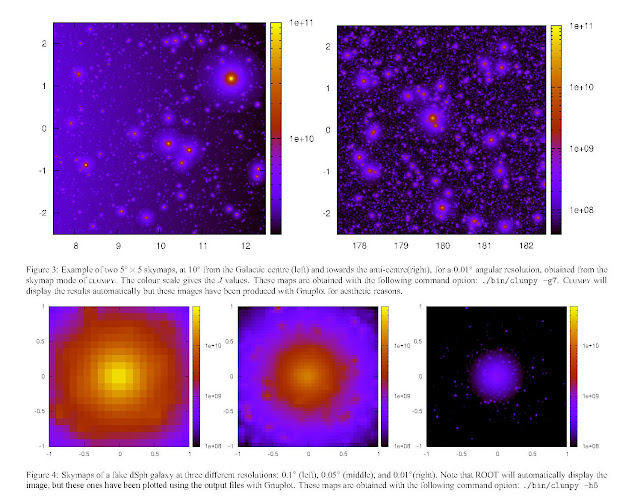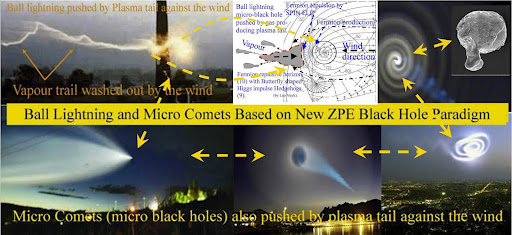Breaking news 8 may 2012:
Our Galaxy seems to be surrounded- just like the Sombrero Galaxy- by numurous medium sized (Super Nova related) black holes.
Fermi 130 GeV gamma-ray excess and dark matter annihilation in sub-haloes and in the Galactic centre.
Galaxy Anchor Black Holes (GABHs) responsible for concentration of dark matter inside intergalactic space.
It is well known that there is a large amount of unseen matter called "dark matter" in the universe. It constitutes about 22 percent of the present-day universe while ordinary matter constitutes only 4.5 percent. An important question still remains - Where is most of the dark matter in the universe ?
SEE ALSO;
“Summary
Einstein's theory of general relativity predicts that a light ray passing through near a massive object such as a galaxy is bent by the effect called "gravitational lensing". For example, the effect causes the image of a distant galaxy to be deformed and brightened by an intervening galaxy. However the effect itself is very small and so cannot be easily detected for a single galaxy. Only recently, images of millions of galaxies from Sloan Digital Sky Survey (SDSS) made it possible to derive an averaged mass distribution around the galaxies. Earlier in 2010, an international research group led by Brice Menard then at University Toronto and Masataka Fukugita at IPMU used twenty four millions galaxy images from SDSS and successfully detected gravitational lensing effect caused by dark matter around the galaxies. From the result, they determined the projected matter density distribution over a distance of a hundred million light years from the center of the galaxies.”

Simplified example of GABH (dark matter) distribution in the Virgo cluster.
Hubble Sees the "Eye of the Storm" in Galaxy Cluster.
ScienceDaily (May 7, 2012) — A new image from the NASA/ESA Hubble Space Telescope could seem like a quiet patch of sky at first glance. But zooming into the central part of a galaxy cluster -- one of the largest structures of the Universe -- is rather like looking at the eye of the storm.
Hubble Sees the Eye of the Storm in Galaxy Cluster
ScienceDaily (May 7, 2012) — A new image from the NASA/ESA Hubble Space Telescope could seem like a quiet patch of sky at first glance. But zooming into the central part of a galaxy cluster -- one of the largest structures of the Universe -- is rather like looking at the eye of the storm.
see;
http://www.sciencedaily.com/releases/2012/05/120507093132.htm Abell 1185.
The Sombrero galaxy is an example of how large- and smaller GABHs (dark matter black holes) are spread around the galaxy.
see also:
Black hole horizon curvature dependent balance between plasma creation
and e-e+ annihilation in Quantum FFF Theory.
and:
and:
Sombrero Galaxy Has Split Personality
ScienceDaily (Apr. 24, 2012) — While some galaxies are rotund and others are slender disks like our spiral Milky Way, new observations from NASA's Spitzer Space Telescope show that the Sombrero galaxy is both.
SEE ALSO:
clumpy: a code for γ-ray signals from dark matter structures
Ald´ee Charbonniera, C´eline Combetb,c, David Maurina,
Abstract
We present the first public code for semi-analytical calculation of the γ-ray flux astrophysical J-factor from dark matter annihilation decay in the Galaxy, including dark matter substructures. The core of the code is the calculation of the line of sight integral of the dark matter density squared (for annihilations) or density (for decaying dark matter). The code can be used in three modes: i) to draw skymaps from the Galactic smooth component and/or the substructure contributions, ii) to calculate the flux from a specific halo (that is not the Galactic halo, e.g. dwarf spheroidal galaxies) or iii) to perform simple statistical operations from a list of allowed DM profiles for a given object.
.jpg)







.jpg)